As part of Norway's initiatives to maximize output from existing fields, Equinor and Aker BP announced intentions to develop four oil and gas finds for a total of 14.5 billion Norwegian crowns ($1.69 billion).
The Nordic country, which started extracting oil and gas 50 years ago, thinks it has only tapped around half of its possible resources and expects that near-field projects would help to ensure output for many years to come.
Equinor, Petoro, Eni, and TotalEnergies would spend 6.5 billion crowns in two oil and gas discoveries near the Kristin gas and condensate field in the Norwegian Sea, as per firms.
The proposal, which is the first phase of the Kristin South project and intends to enhance the Lavrans and Kristin Q finds, has been presented for approval to the oil and energy ministry.
The total anticipated oil and gas output from the two projects is predicted to be 58.2 million barrels of oil equivalent all through the field's lifespan.
“The choice to develop the Kristin South area will produce significant benefit for society and the proprietors,” said Equinor's head of projects, drilling, and procurement, Arne Sigve Nylund.
The first three wells, two at Lavrans and one at Kristin Q, are expected to begin production in 2024. Production for the two last wells at Lavrans is set to begin in 2025, with further discoveries possible afterward.
Equinor owns 55.3% of the Kristin field, while Petoro owns 19.6%, Eni's Norwegian affiliate Vaar Energi owns 19.1%, and TotalEnergies of France owns 6%.
Separately, Aker BP and collaborators ConocoPhillips and Lundin Energy would contribute 8 billion Norwegian crowns ($935 million) in the development of the Kobra East and Gekko oil and gas findings in the North Sea's Alvheim region.
According to Aker BP, the project intends to produce about 40 million barrels of oil equivalent at a break-even price of less than $30 per barrel, with production set to commence in 2024.
“The venture is an excellent illustration of how the temporary modifications to the Norwegian petroleum tax system, agreed in June last year, are boosting investment on the Norwegian shelf,” said Aker BP CEO Karl Johnny Hersvik.
Norway's parliament authorized tax breaks last year to encourage investment in new offshore ventures at a time when the country's major oil and gas industry was affected by a drop in oil prices caused by the COVID-19 pandemic.
Aker BP owns 65% of the license including the finds, while ConocoPhillips owns 20% and Lundin Energy owns 15%.
Aker BP and its partners would invest 8 billion Norwegian crowns ($935 million) to develop the Kobra East and Gekko oil and gas findings in the Alvheim region of the North Sea, as per the Oslo-listed firm.
Equinor ASA EQNR has reported the discovery of oil in production license 554, in the Visund field in the North Sea, off the coast of Norway. In 2021, this is the fifth find in the Norwegian Continental Shelf.
The business drilled exploratory wells 34/6-5 S and 34/6-5 ST2 in the Garantiana West potential, which is situated around 10 kilometres northeast of the famed Visund field. The first well discovered an oil column of 86 meters in the Cook formation. At the location, a 60-meter-long reservoir of medium-good grade sandstone was uncovered. It is 3952 meters below sea level, with a water depth of 285 metres. The firm believes that recoverable resources range between 1.3 and 3.6 million standard cubic metres of equivalent to oil. This translates to recoverable resources ranging from 8 to 23 million barrels of equivalent to oil.
The second well, 34/6-5 ST2, is a technical side-step taken by the firm due to technical problems in the primary well. Following considerable information collection, the firm completely sealed and discarded both wells. At the site, it utilized a West Hercules drilling rig, that will now move on to production licenses PL272 and 035.
Importantly, this finding may enable the firm to extract oil using its nearby existing infrastructure in the Garantiana field development project. Because additional costly infrastructure installments would not be necessary, the tied-back option would almost allow it to make enormous profits due to cheap production costs.
Statnett, Norway's power grid operator, upped its long-term projection for power demand and pricing on Wednesday, partially to reflect increasing electricity usage required for decarbonization projects like batteries and hydrogen.
Statnett's revised projection predicted a European carbon price of 70 euros per tonne in 2030, up 35 euros from its earlier study published in October. The benchmark carbon contract is presently trading at approximately 56 euros per ton.
























 ENG
ENG









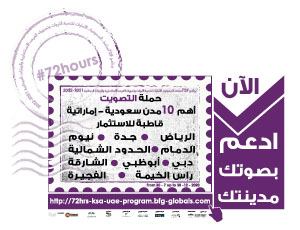


















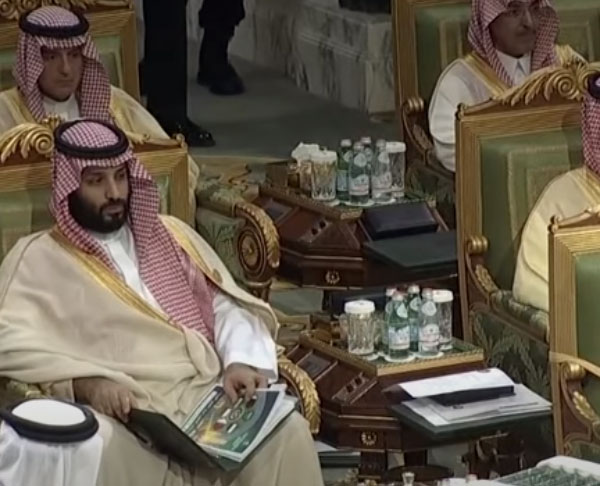
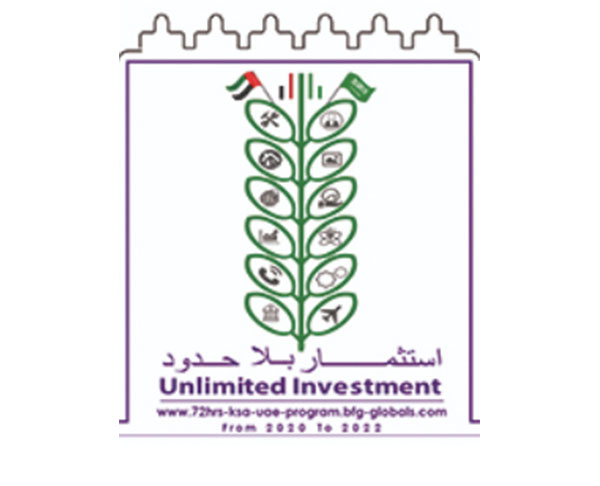


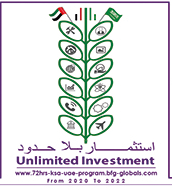
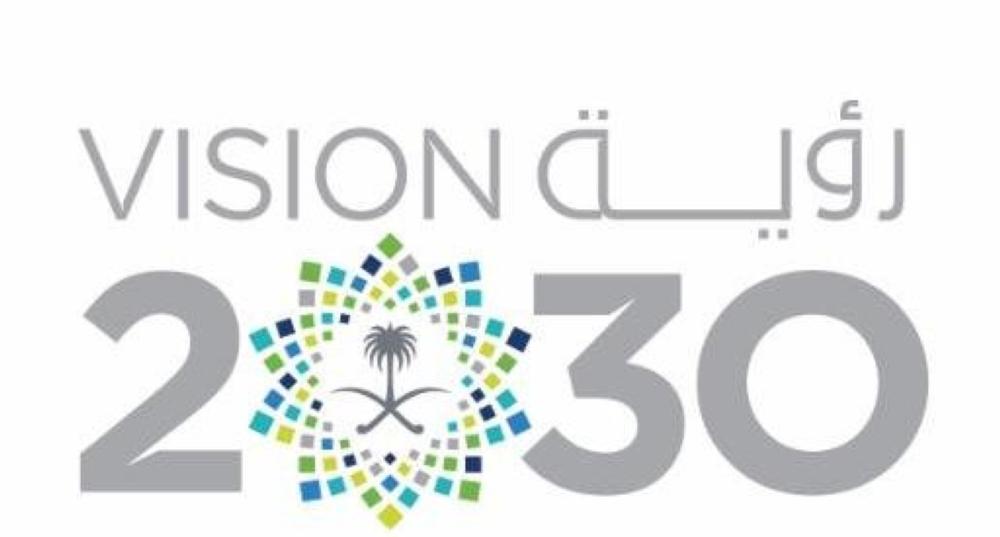
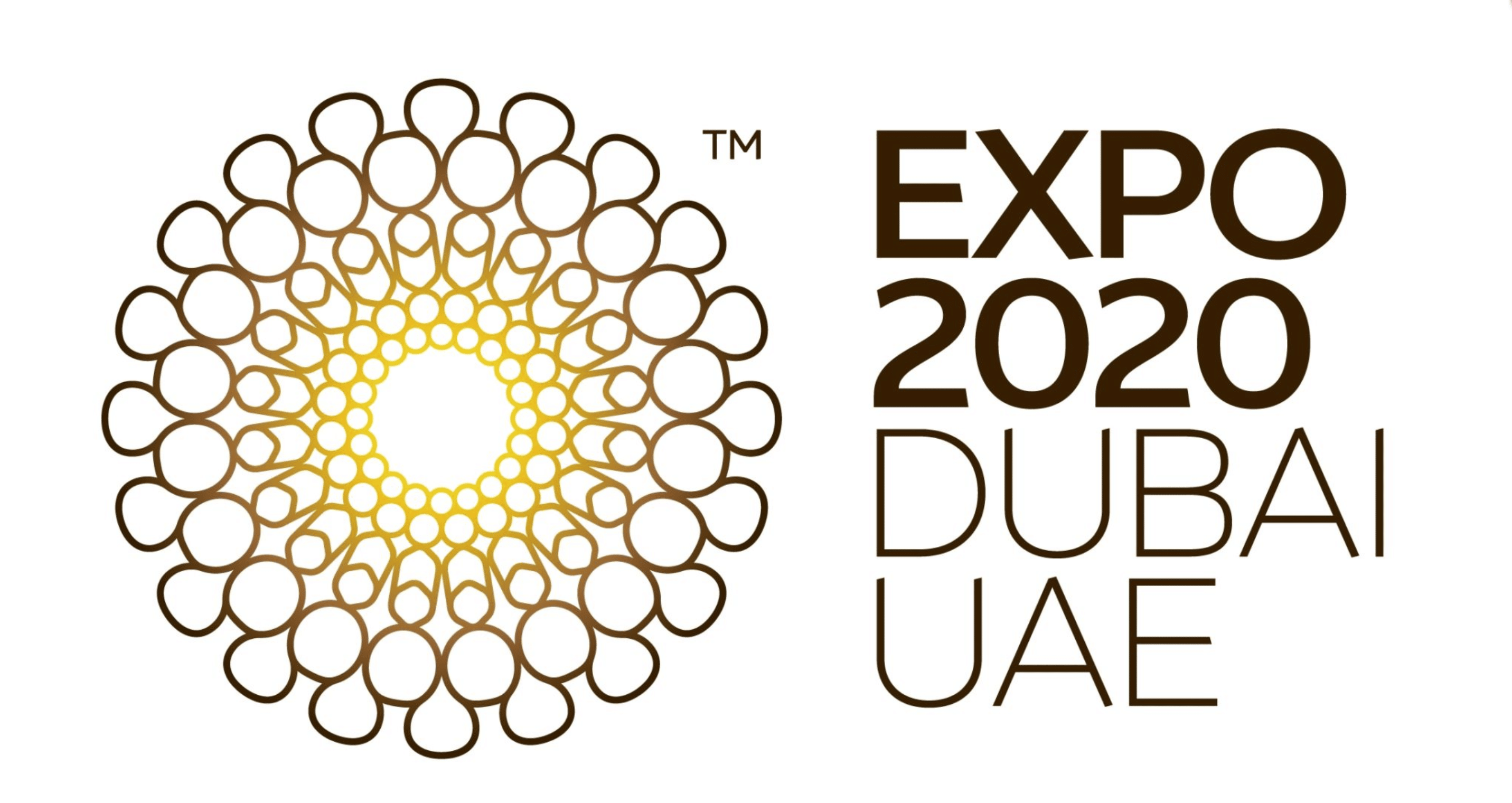
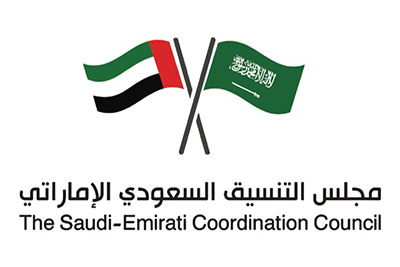
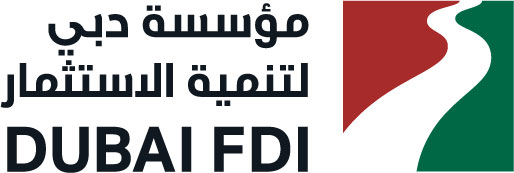

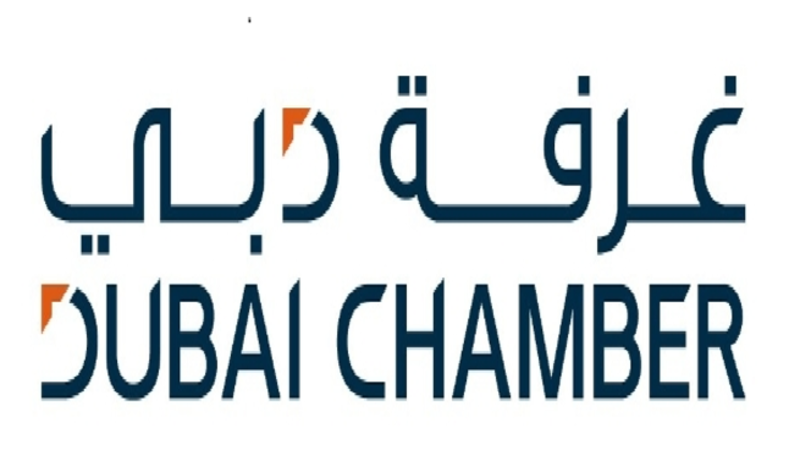
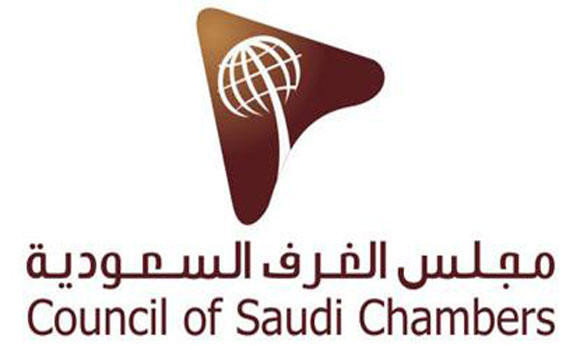


















تواصل معنا